In March 2023, the BMW iX5 Hydrogen was presented to international media; the first few vehicles in a pilot fleet that will go into service this year. What goes into the making of a modern hydrogen fuel cell vehicle? We take you through the interesting bits.
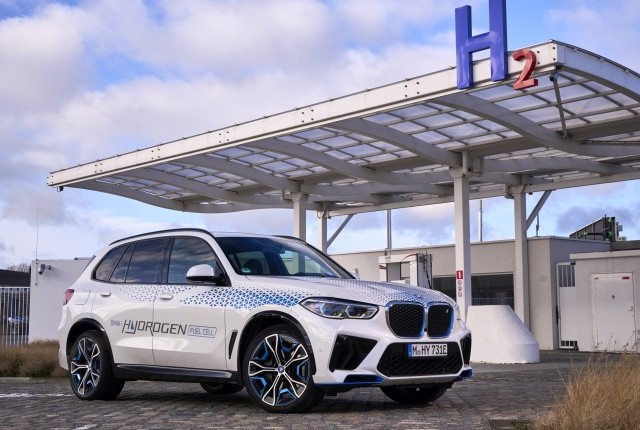
The hydrogen fuel cell electric vehicle (HFCEV) is touted by many to be the true saver of the planet thanks to carrying its energy source—the fuel cell—on board and not just storing the energy in a big and very heavy battery. After four years of development work, the BMW iX5 Hydrogen vehicle and development project is entering its critical next phase.
The BMW iX5 Hydrogen has been developed on the basis of the current BMW X5 and was first unveiled as a concept at the IAA show back in 2019. Initial prototypes were then made available at the IAA Mobility 2021 for visitors to experience in action as shuttle vehicles. The iX5’s hydrogen fuel cell system is proof of BMW’s leading development expertise in the field of electric drive technologies. The Group has systematically been pushing forward with the development of hydrogen fuel cell technology as an additional option for locally emission-free individual mobility in the future.
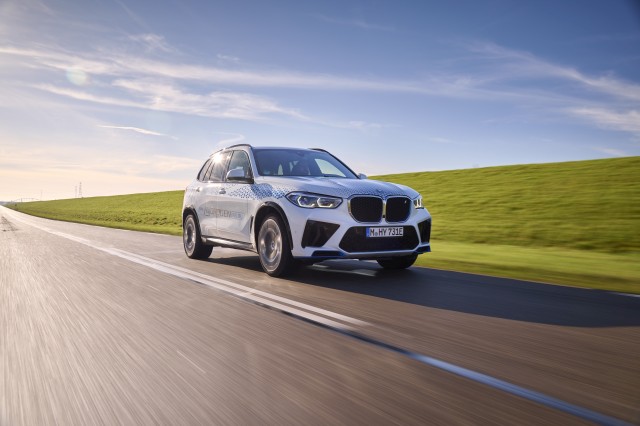
The fleet of nearly 100 vehicles will be employed internationally for demonstration and trial purposes for specific target groups. This active driving experience will be the first chance for people not involved in the development process to get a direct impression of what the BMW iX5 Hydrogen has to offer.
BMW iX5 Hydrogen – The Fuel Cell
The BMW Group produce the highly efficient fuel cell systems for the pilot fleet at their in-house competence centre for hydrogen in Munich. This technology is one of the core elements in the BMW iX5 Hydrogen and results in the generation of a high continuous output of 125 kW (170 hp) and a considerable peak output of 295 kW (401 hp).
A chemical reaction takes place in the fuel cell between gaseous hydrogen from the tanks and oxygen from the air. Maintaining a steady supply of both elements to the fuel cell’s membrane is of crucial importance for the drive system’s efficiency. In addition to the technological equivalents of features found on combustion engines—such as charge air-coolers, air-filters, control units, and sensors—BMW also developed special hydrogen components for their new fuel cell system. These include, for example, the high-speed compressor with a turbine and a high-voltage coolant pump.
BMW source the individual fuel cells from the Toyota Motor Corporation. The two companies have enjoyed a partnership characterised by trust for many years and have been collaborating on fuel cell drive systems since 2013.
BMW iX5 Hydrogen – The Process
Fuel cell systems are manufactured in two main steps. Based on the individual fuel cells, the cells are first assembled into a fuel cell stack. The next step involves fitting all the other components to produce a complete fuel cell system.
Stacking of the fuel cells is largely a fully automated process. Once the individual components have been inspected for any damage, the stack is compressed by machine with a force of five tonnes and placed in a housing. The stack housing is manufactured in the light metal foundry at the BMW Group Plant Landshut using a sand-casting technique.
Molten aluminium is poured into a mould made from compacted sand mixed with resin in a process specially designed for this small-series vehicle.
The pressure plate, which delivers hydrogen and oxygen to the fuel cell stack, is made from cast plastic parts and light-alloy castings, also at the Landshut plant. The pressure plate forms a gas-tight and water-tight seal around the stack housing.
Final assembly of the fuel cell stacks includes a voltage test along with extensive testing of the chemical reaction within the cells. Finally, all the different components are fitted together in the assembly area to produce the complete system.

During this system assembly stage, further components are fitted, such as the compressor, the anode and cathode of the fuel-cell system, the high-voltage coolant pump, and the wiring harness.
BMW iX5 Hydrogen – The Result
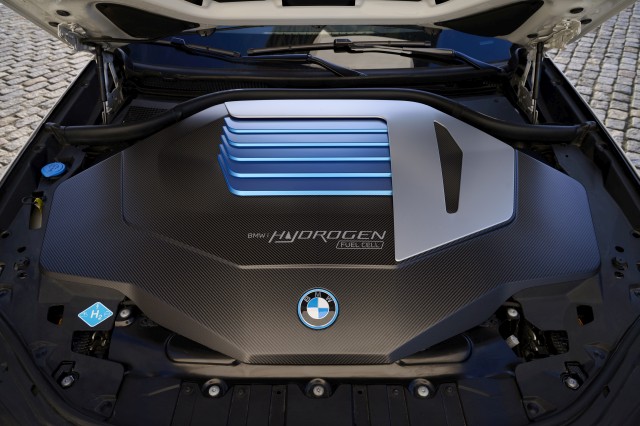
In combination with a highly integrated drive unit using fifth-generation BMW eDrive technology—the electric motor, transmission, and power electronics are grouped together in a compact housing—at the rear axle and a power-dense battery with lithium-ion technology developed specially for the iX5 Hydrogen, the powertrain channels the maximum output of 295 kW (401 hp) on to the road. In coasting overrun and braking phases, the motor also serves as a generator, recuperating energy and feeding it back into the battery.
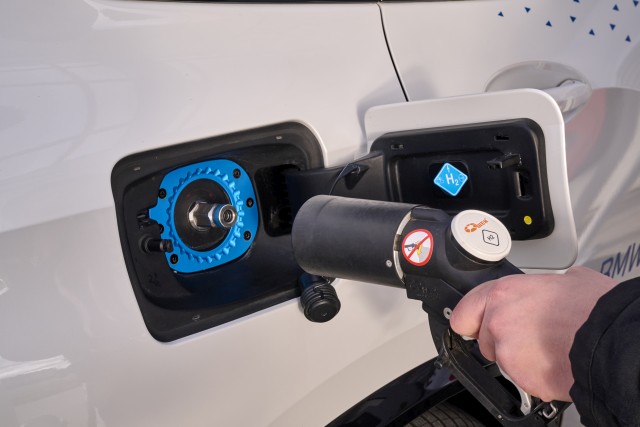
Hydrogen also allows rapid re-fuelling. The hydrogen needed to supply the fuel cell is stored in two 700-bar tanks made of carbon-fibre reinforced plastic (CFRP). Together they hold almost six kilograms of hydrogen, enough to give the iX5 a range of more than 500 kilometres on the WLTP cycle. Filling up the hydrogen tanks only takes about three to four minutes, so the iX5 Hydrogen can also provide the driving pleasure BMW are known for over long distances, with only a few short stops along the way.
The BMW iX5 Hydrogen is being built at the BMW Group’s pilot plant at their Research and Innovation Centre in Munich. The pilot project will see about 100 examples put into different applications. By 2030, BMW hope to have fully electric vehicles making up more than 50 per cent share of their overall sales.
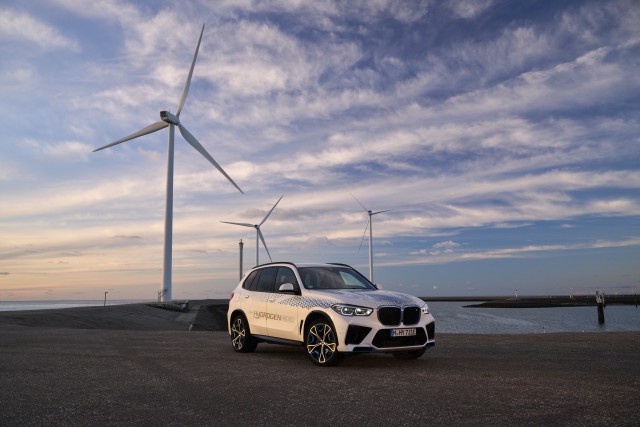

Oliver Zipse
Chairman of the Board of Management, BMW AG
‘Hydrogen is a versatile energy source that has a key role to play in the energy transition process and, therefore, in climate protection. After all, it is one of the most efficient ways of storing and transporting renewable energies. We should use this potential to also accelerate the transformation of the mobility sector. Hydrogen is the missing piece in the jigsaw when it comes to emission-free mobility. One technology on its own will not be enough to enable climate-neutral mobility worldwide.’
Need to Know – BMW iX5 Hydrogen
Price: Rs 1.40 crore (estimated)
Battery Pack: Lithium-ion, NA kWh, output up to 170 kW (231 hp)
Continuous Fuel Cell Output: 125 kW (170 hp)
Maximum System Output: 295 kW (401 hp)
Tank Capacity: 6.0 kg (gaseous hydrogen)
Acceleration (0-100 km/h): <6.0 seconds
Top Speed: >180 km/h
Hydrogen Consumption: 1.19 kg/100 km or 84 km/kg (WLTP)
Range: 504 km (WLTP)




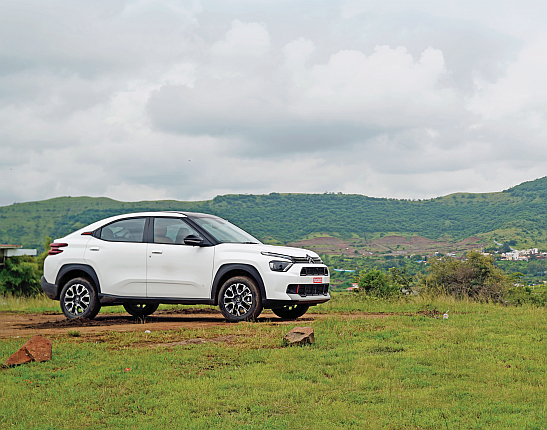
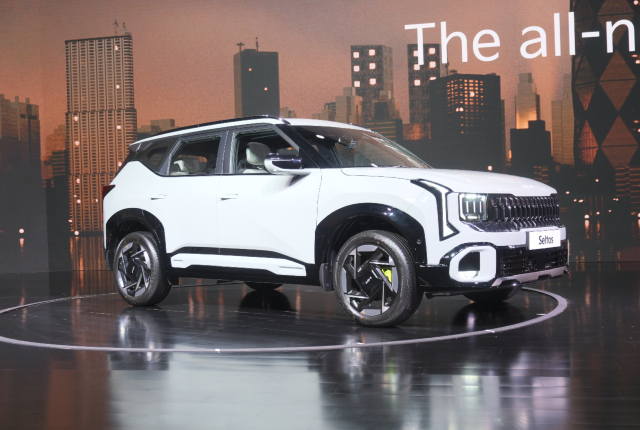
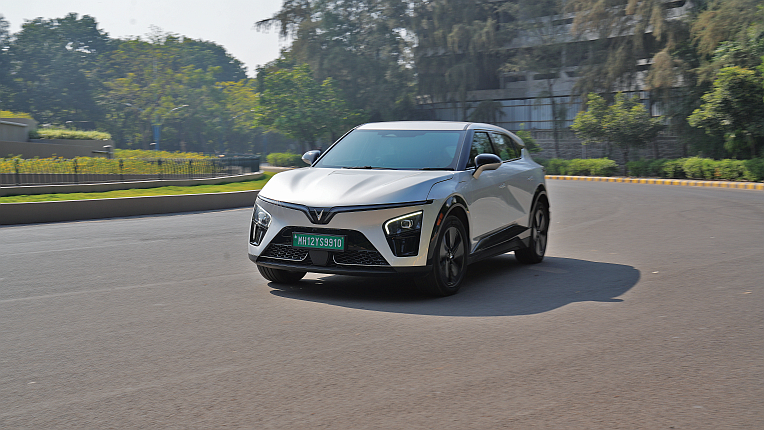

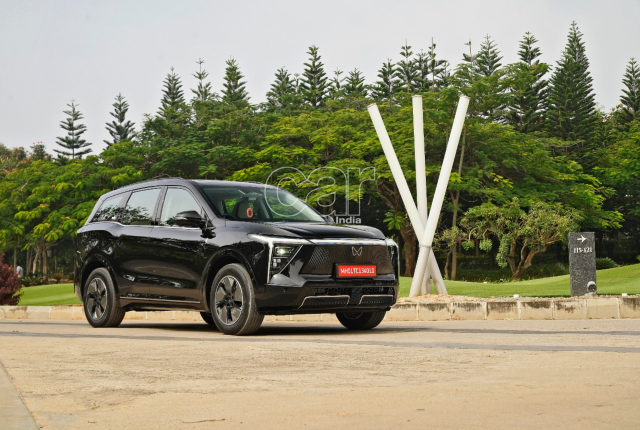
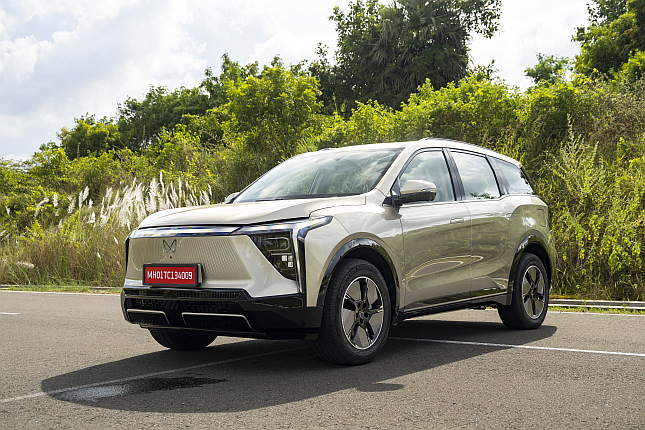
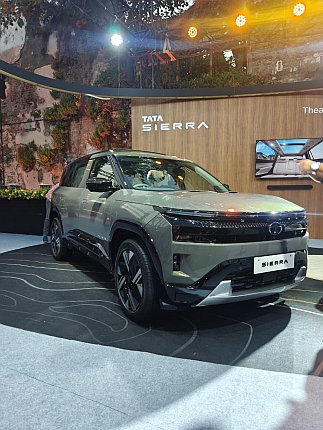

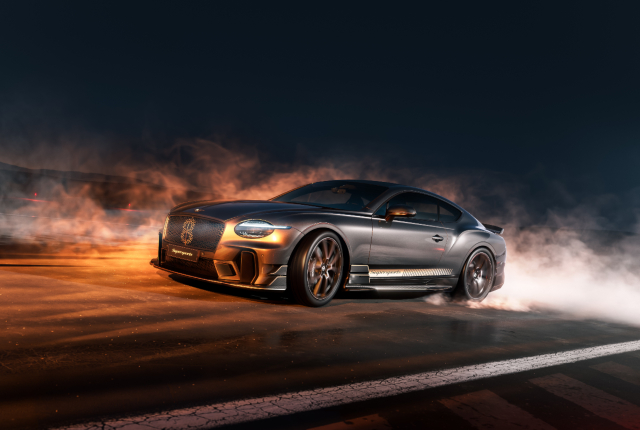
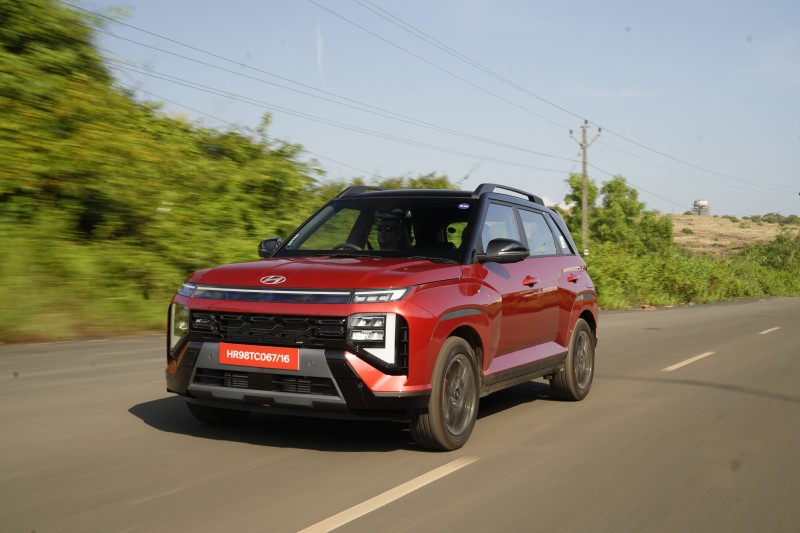
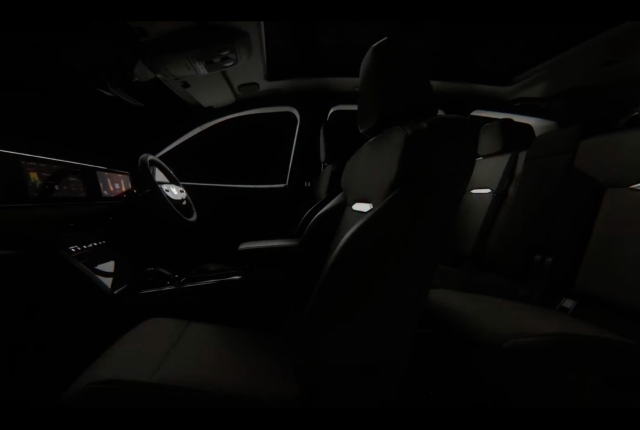
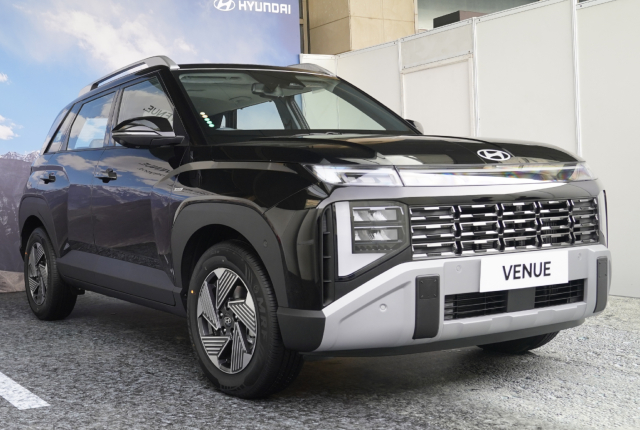

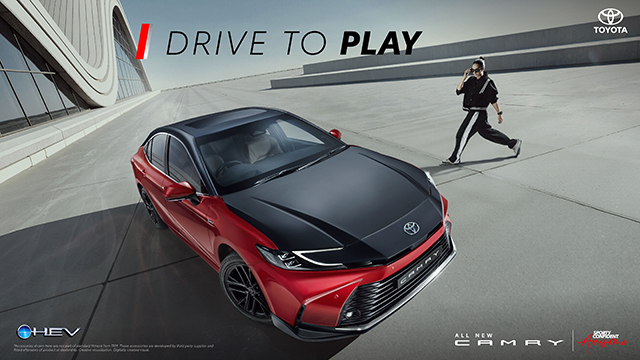
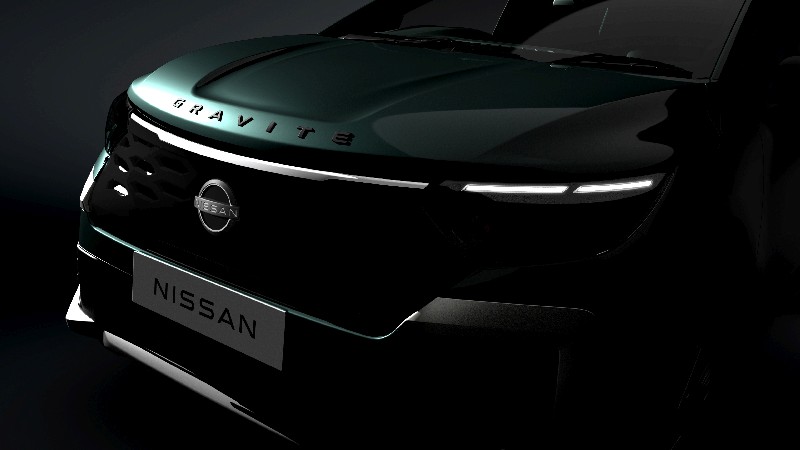
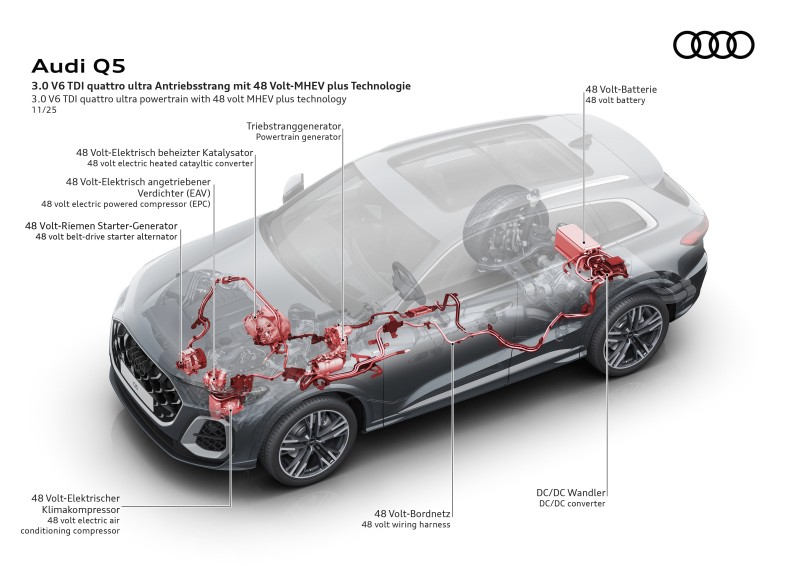
Leave a Reply